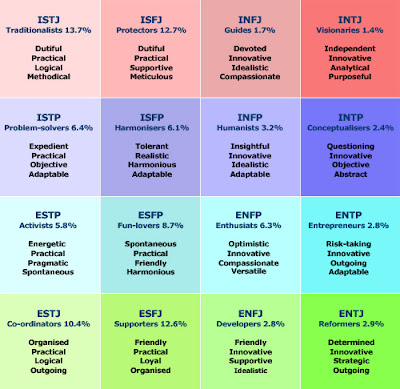Generative patterns

I didn't really like English studies at school, but I loved the year 11 unit called "transformational grammar", in which we learned to use an almost mathematical perspective to break down the structure of sentences into their component part. The idea, developed by Noam Chomsky and other earlier linguists, was that once the structure of grammatical sentences was understood, you could then be infinitely creative while maintaining a 'sensible' sentence. Language patterns. It wasn't until decades latter that I would learn the word that was originally attached to this field of study: "generative grammar". I had first heard the word in an entirely different context, in an international forum promoting genuine dialogue among people with different perspectives. Peter Senge called it "generative dialogue". I was intuitively drawn to the idea of generative dialogue even though I understood very little about it. As I dug deeper and tried to understa...







